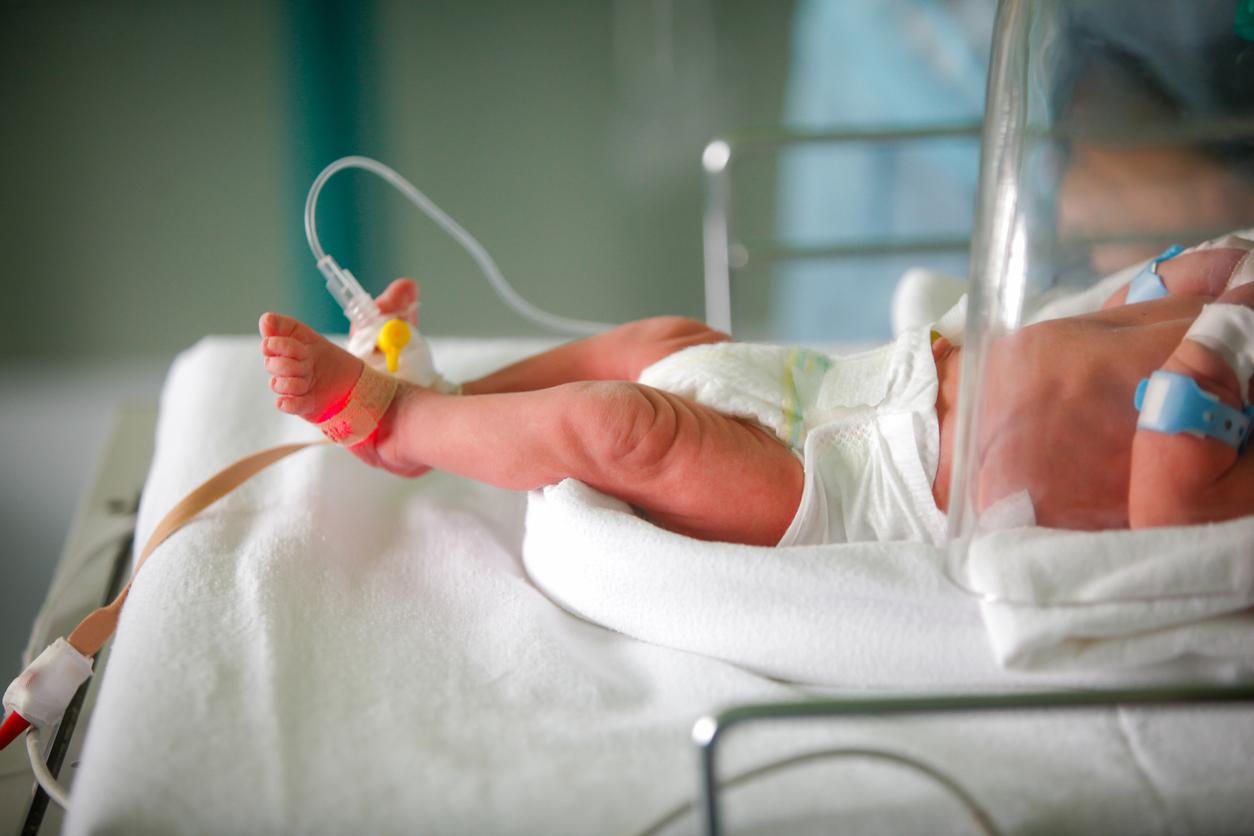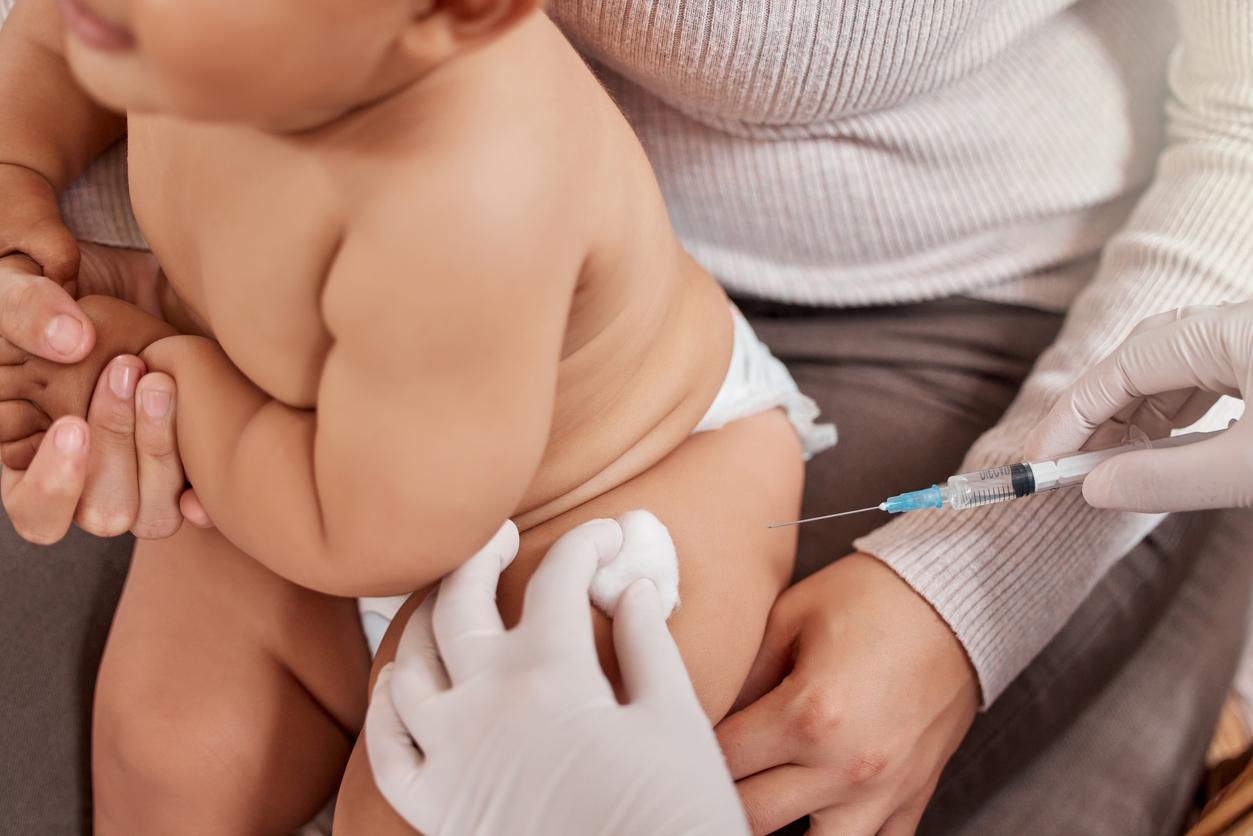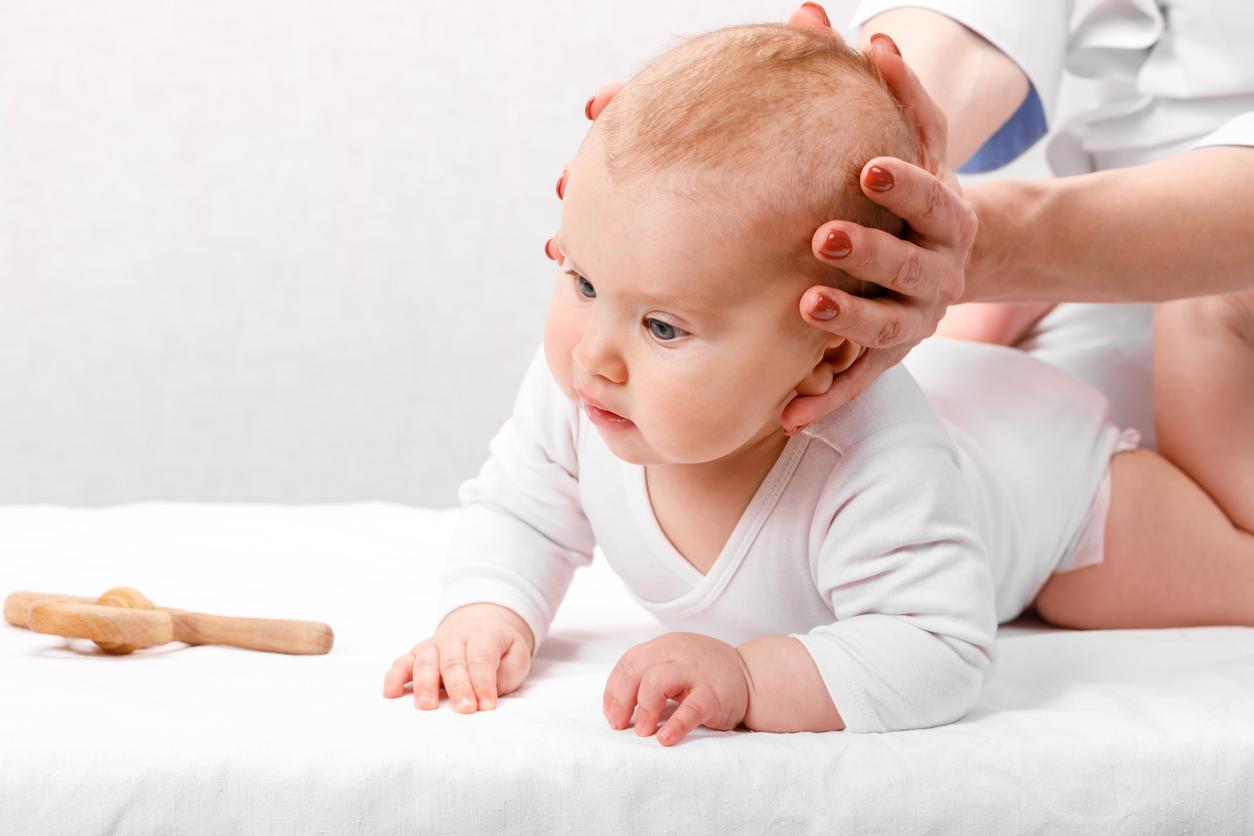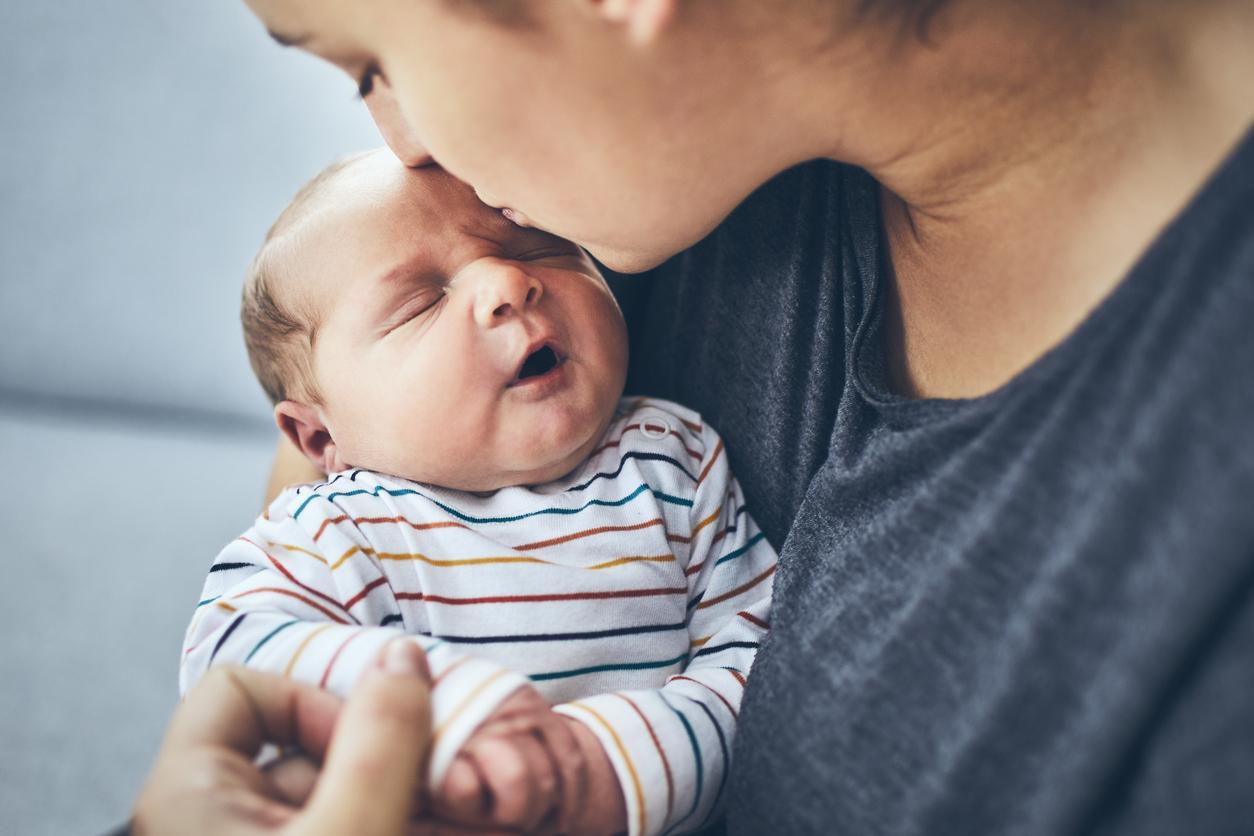Two committees have been created by the Ministries of Health, Ecology and Agriculture to determine the exact causes of the malformations of babies born without arms and to monitor the families.

Two committees have been created by the Ministries of Health, Ecology and Agriculture in the case of babies born without arms in Ain (7 babies), in Guidel in Morbihan (4 babies) and in Mouzeil in Loire-Atlantique (3 babies).
Determine the exact causes of these malformations
The first, called “committee of scientific experts” (CES), is made up of scientists responsible for shedding light on the exact causes of these malformations (food, agriculture, chemicals, drugs, etc.) and will be chaired by Alexandra Benachi, professor of gynecology and obstetrics at the Paris Sud Faculty of Medicine and president of the French Federation of Prenatal Diagnostic Centers.
the Register of Malformations in Rhône-Alpes (Remera) specializing in the census of malformations, speaks of an “abnormal concentration” of these cases, while Public Health France considers that “the statistical analysis does not highlight an excess of cases compared to the national average”. Expert team has until June 30 to issue findings, reports The Parisian.
Support families
Le second committee, baptized “orientation and follow-up committee” (COS), will be chaired by sociologist Daniel Benamouzig and will aim to follow the families of the children concerned and ensure dialogue. A first meeting is scheduled for February 21. The creation of these two committees comes 3 months after the announcement made by the Minister of Health Agnès Buzyn, of the opening of a new investigation. “We can’t be satisfied with saying that we haven’t found any causes, it’s unbearable!”, she said during the “Grand jury” RTL-Le Figaro-LCI.
Each year, in France around 150 children are born with a malformation of one or more upper or lower limbs: arm, forearm, hand, foot, tibia, fibula, etc. We then speak of “agenesis or congenital amputation”, corresponding to the absence of formation of a limb during embryonic development, and of “dysmelia”, which means a malformation of one or more limbs. This makes a maximum of one and a half cases per department and per year, which is much more than in the present case.
.

















